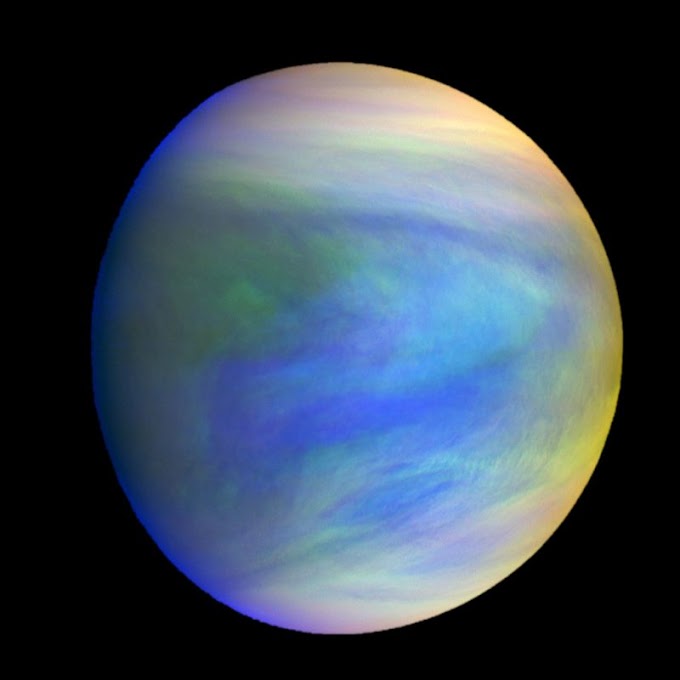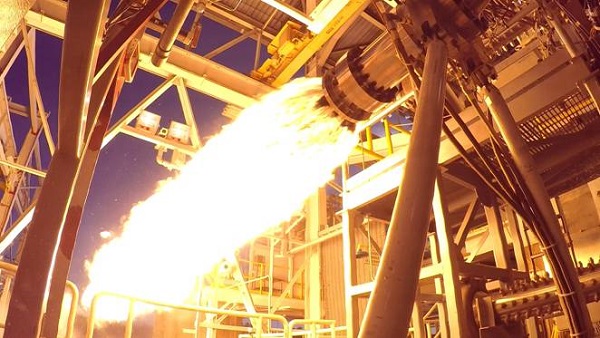 |
| Phobos Transit as viewed from Mars causing Solar Eclipse. (Credit: Curiosity rover/NASA) |
Solar eclipse on Mars is quite different to that on Earth since Phobos, one of the moons of the Red Planet, has an orbit that makes it closer to Mars as compared to our Moon.
It is merely 6000 km from the Martian surface. As a matter of fact, Phobos revolves around Mars much frequently - thrice every sol (solar day on Mars) and its speed is greater than the speed of rotation of Mars!
 |
| Phobos. (Credit: NASA) |
So, if you happen to spend your vacation on Mars, you will notice a chunk of rock travelling from western horizon, all the way to the eastern part, three times a day.
 |
| Transit of Phobos. (Credit: NASA/JPL-Caltech) |
When Earth experiences a solar eclipse, instruments can detect a decline in temperature and rapid gusts of wind, as the atmosphere cools in one particular place and air rushes away from that spot.
When the eclipse influences temperature, it seems to also cause the wind to drop and change direction. This is perhaps what people have remarked about.
Summing up, solar eclipse causes change in wind speed on Earth, but nothing as such happens on Mars.
None of InSight spacecraft's sensors detected any deviation in the atmosphere during Phobos transit.
However, two of the onboard instruments showed inconsistent readings - seismometer and the magnetometer.
The scientists figured out that the decrease in current obtained from the solar array was likely the cause, but it isn't enough to describe the tilt of seismometer.
Is it just a Glitch?
 |
| Curiosity rover relishing the view. (Credit: NASA/JPL) |
By now, the thought that the tilt is just a technical error must have crossed your mind and Why not! It's just a machine after all, operating in a planet where dust storms are frequent and the weather is not quite friendly.
 |
| Animation of Phobos and Deimos' orbit around Mars, compressed to a smaller timescale. |
Moreover, such signals do not correspond to any of the seismic activity recorded earlier on the planet. Two possible explanations to this unique issue can be -
- Contraction of the tether (cable) connecting the seismometer with the lander.
- Change in atmospheric temperature, hence change in density affecting the instrument.
BUT the infrared radiometer detected a minuscule drop in surface temperature during the longest transit, after which the surface was re-heated to the pre-transit temperature.
Seismologist Martin van Driel of ETH Zurich shed some light on this matter:
During an eclipse, the ground cools. It deforms unevenly, which tilts the instrument.
Bottom-line
 |
| Phobos passing Deimos in real time. (Credit: NASA/JPL) |
Few experiments performed to understand factors affecting seismometer's reading suggest that the instrument is quite sensitive to heat changes in seismic pillar.
Another series of experiments were performed to replicate the seismometer's tilt that happens during the transit of Phobos on Mars. The data obtained is being used to decipher the mysteries of Phobos and its parent, Mars as well.





0 Comments